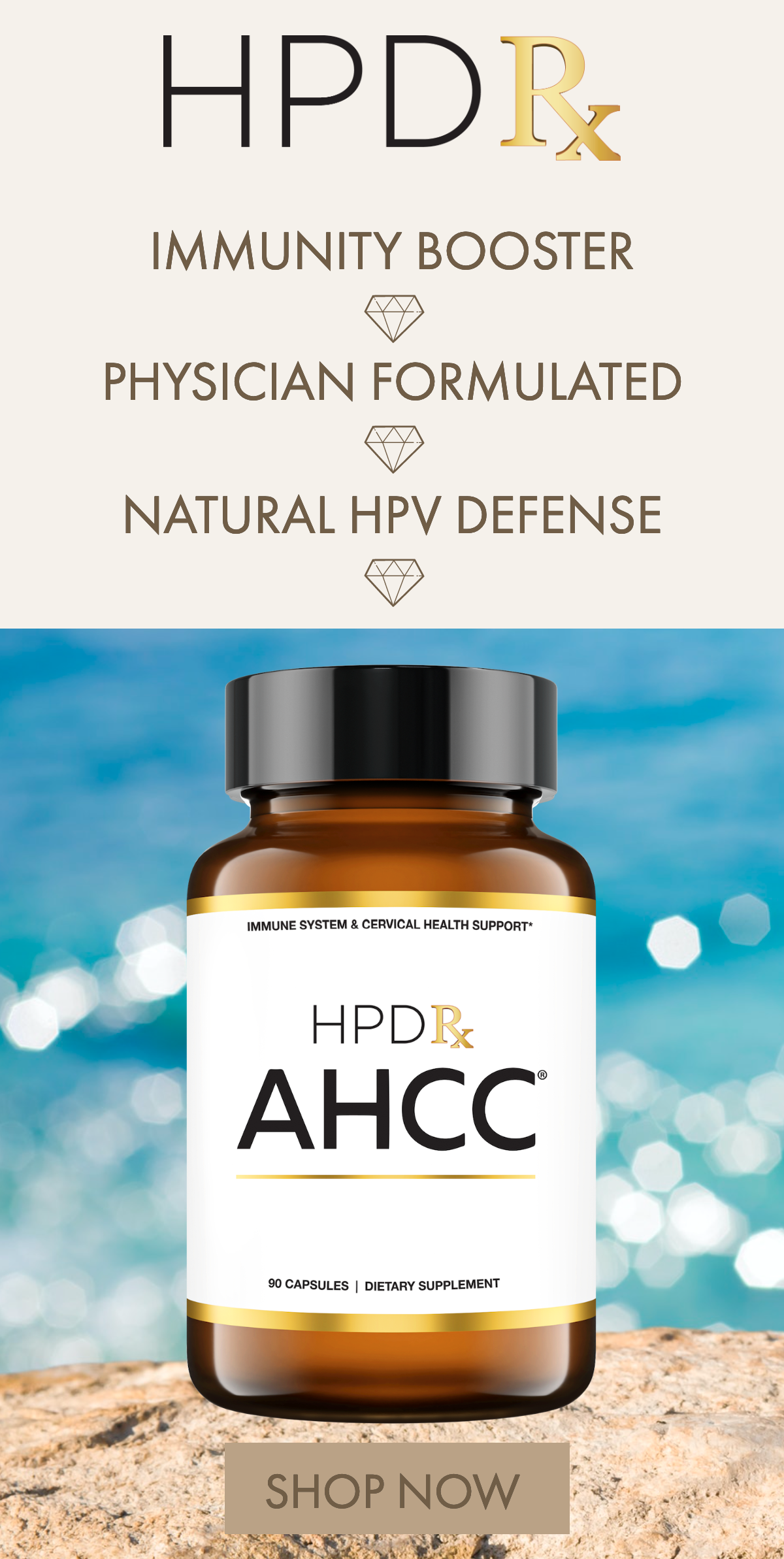
Finding out you have HPV can be tough. It can also be difficult to discuss with your partner, even if you’ve been together for a long time. Use this guide to figure out what to say and learn how to reduce the risk of spreading the infection.
Step 1: Learn About HPV
When you share your diagnosis, your partner will probably have some questions. Here are some key HPV facts you can share to help explain what’s going on:
- HPV is the most common sexually transmitted infection (STI). There are nearly 80 million people with HPV in the U.S. Almost everyone who is sexually active will get HPV at some point in their life.
- About 90% of HPV infections become undetectable within two years. Usually, the body naturally suppresses infection within six months.
- Most types of HPV don’t cause any symptoms, but some cause oral, anal, or genital warts.
- There are about a dozen high-risk HPV types (out of over 100) that can potentially cause cancer.
- Women can be tested for HPV, but there’s no HPV test for men.
- There’s an HPV vaccine that is FDA-approved for men and women up to age 45. It does not protect against any HPV types you’ve already been exposed to.
Step 2: Don’t Lay Blame
HPV is so common that’s it’s very difficult to determine the source. Some people have the virus for months or years before they are diagnosed. Others have had HPV in the past but don’t realize it because it never caused symptoms. You may have gotten HPV from your current partner or from a past partner. There’s also a chance that you may have given HPV to your partner unknowingly. An HPV diagnosis is not a sign that you or your partner has cheated.
Telling someone you have HPV isn’t a confession or an apology. You haven’t done anything wrong; you’ve just been exposed to an incredibly common virus. When you tell your partner you have HPV, focus on approaching it as a health issue that you want to tackle responsibly rather than laying the blame on yourself or your partner.
Step 3: Talk About Prevention
Limiting the number of sex partners you have is one way to reduce the risk of spreading HPV. You can also use condoms each time you have sex to reduce the risk of the virus being passed to your partner. If you or your partner is eligible for the HPV vaccine, you may want to get it to help protect against other strains which you haven’t been exposed to yet.
Step 4: Look Into Treatment Options
In most cases, HPV won’t produce any symptoms. But if one or both of you experience HPV-related health problems, there are treatment options available.
HPV warts usually go away on their own. If they don’t, you can see a dermatologist to talk about medical or surgical options for removal.
Treatments for HPV-associated cancers and precancers are more complex. The course of treatment will depend on the type of cancer and when it’s diagnosed. The HPV test for women can help to determine whether someone has a high-risk HPV strain. Men can’t get tested, but if their partner has a high-risk type, they can talk to their doctor about getting cancer screenings.
Being honest about your diagnosis can be difficult, but it’s not something to be ashamed of. Educate yourself about HPV to make smart choices for your sexual health and to help protect yourself and your partner.
Sources
- About HPV: Centers for Disease Control and Prevention, 2019.
- Chapter 5: Human Papillomavirus (HPV) – Manual for the Surveillance of Vaccine-Preventable Diseases: Centers for Disease Control and Prevention, 2017.
- FDA approves expanded use of Gardasil 9 to include individuals 27 through 45 years old: U.S. Food & Drug Administration, 2018.








